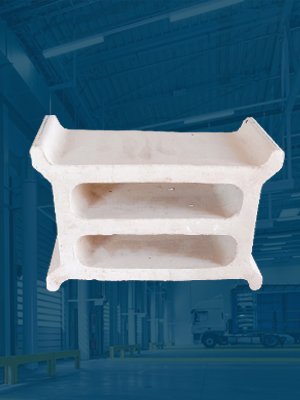In today’s fast-paced digital world, businesses across various industries are constantly seeking innovative solutions to streamline their processes and enhance efficiency. One such solution gaining popularity is the use of grid blocks. These versatile tools offer a myriad of benefits that can revolutionize the way organizations operate. In this article, we’ll delve into the top three benefits of grid blocks and explore how they are being utilized across different sectors.
1. Enhanced Organization and Structure
Grid blocks provide a structured framework that facilitates better organization of information and content. By dividing a page into distinct sections, grid blocks allow for a more systematic arrangement of elements such as text, images, and multimedia. This structured layout not only enhances the visual appeal of a website or application but also improves navigation and usability for users.
In industries such as e-commerce and content publishing, where presenting information in a clear and concise manner is crucial, grid blocks play a pivotal role. E-commerce platforms utilize grid blocks to showcase products in an organized grid layout, making it easier for shoppers to browse and compare items. Similarly, content publishers leverage grid blocks to present articles, images, and videos in visually appealing formats, thereby enhancing the overall user experience.
Moreover, grid blocks enable responsive design, ensuring that content adapts seamlessly to various screen sizes and devices. This responsiveness is particularly valuable in today’s mobile-centric landscape, where users access websites and applications from a wide range of devices, including smartphones and tablets.
2. Flexible Customization and Design Options
One of the key advantages of grid blocks is their flexibility in customization and design. With grid-based layouts, designers have the freedom to create unique and visually striking designs by arranging elements within the grid structure. Whether it’s adjusting the size and spacing of grid cells or incorporating different types of content, such as text, images, and multimedia, grid blocks offer endless possibilities for creativity and expression.
Across industries such as advertising and branding, grid blocks are used to create visually captivating marketing materials, including websites, landing pages, and digital advertisements. By leveraging the flexibility of grid-based layouts, marketers can effectively communicate their brand message and engage with their target audience in meaningful ways.
Furthermore, grid blocks make it easy to maintain consistency in design across various pages and sections of a website or application. Design elements such as color schemes, typography, and spacing can be applied consistently within the grid framework, ensuring a cohesive and polished look throughout the user experience.
3. Improved Performance and Scalability
Another significant benefit of grid blocks is their ability to improve performance and scalability. By organizing content into modular grid units, websites and applications can achieve better loading times and overall performance. This optimization is particularly important in industries such as technology and e-commerce, where fast and responsive websites are essential for retaining users and driving conversions.
Moreover, grid-based layouts facilitate scalability, allowing businesses to easily expand and adapt their digital presence as their needs evolve. Whether it’s adding new products to an e-commerce catalog or incorporating additional features into a web application, grid blocks provide a scalable foundation that can accommodate growth and change over time.
Furthermore, grid blocks facilitate collaboration and teamwork among designers and developers, as they provide a standardized framework for building and iterating on digital projects. By adopting grid-based design principles, organizations can streamline their workflow and achieve greater efficiency in the development process.
In conclusion, grid blocks offer a host of benefits that make them invaluable tools for businesses across industries. From enhancing organization and structure to enabling flexible customization and design options, and improving performance and scalability, the versatility of grid blocks is evident in their widespread adoption across various sectors. As organizations continue to embrace digital innovation, grid blocks will undoubtedly play a central role in shaping the future of design and user experience.


